10 Unbelievable Animal Myths People Still Believe
In the realm of folklore and ancient tales, animals have always held a special place, often embodying the mysterious and the magical. These stories, passed down through generations, have shaped our understanding and sometimes our misconceptions about the animal kingdom. Myths about animals are not just relics of the past; they continue to capture the imagination of people worldwide, influencing cultural narratives and even scientific inquiry. This exploration into the top 10 astonishing animal myths aims to unravel the truths hidden within these tales while examining why they persist in modern society. By delving into these myths, we can better appreciate the complexities of the natural world and the human psyche's need to find meaning in the creatures that share our planet. As we embark on this journey, prepare to be intrigued by the surprising realities behind these enduring myths and the cultural contexts that have kept them alive.
Myth 1 - The Wise Old Owl
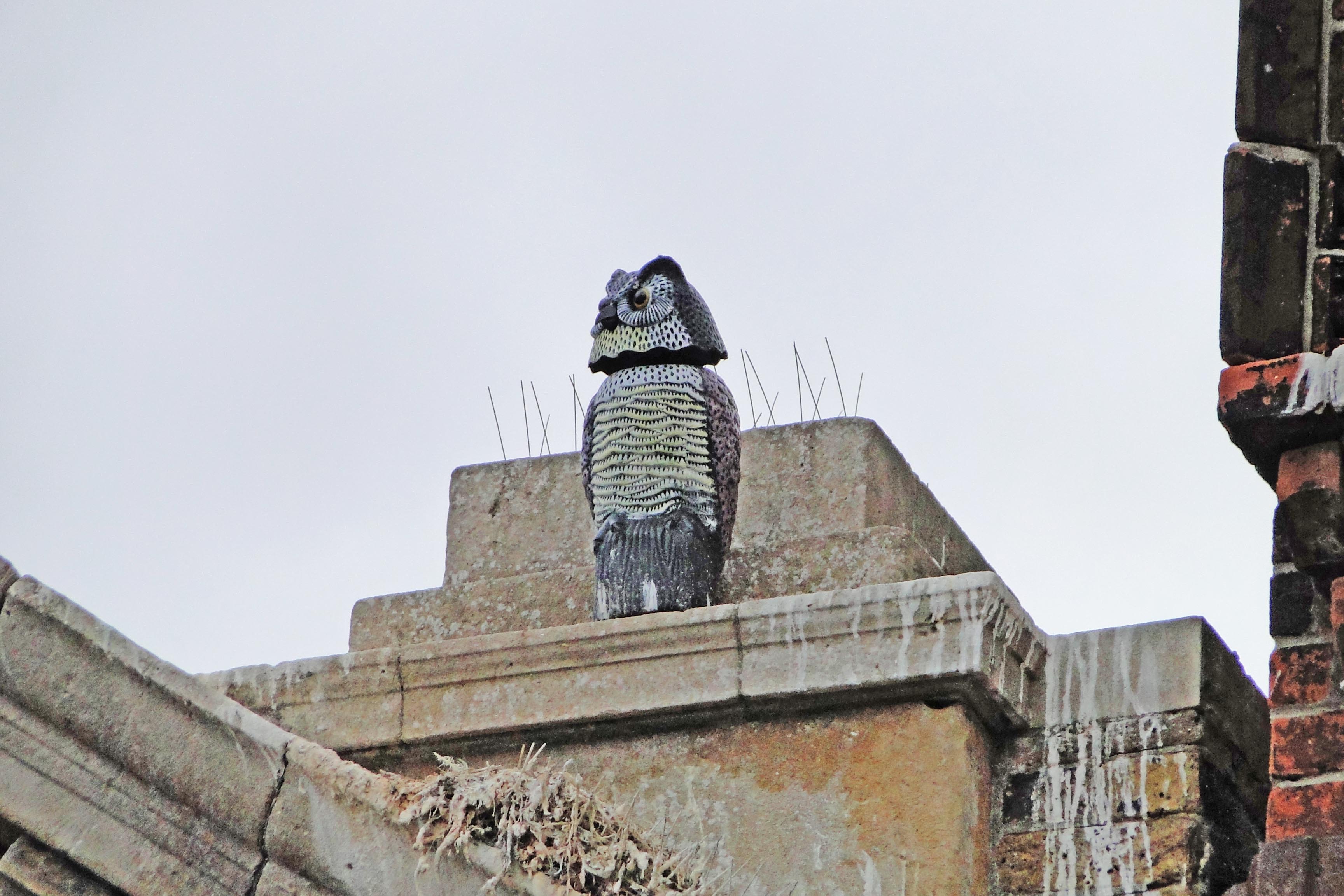
The image of the owl as a symbol of wisdom is pervasive in many cultures, from Ancient Greece, where the owl was associated with Athena, the goddess of wisdom, to modern depictions in literature and media. This myth likely stems from the owl's nocturnal nature and its ability to see in the dark, metaphorically representing insight and knowledge. However, the reality of owl intelligence is more nuanced. While owls have excellent hunting skills and acute senses, their cognitive abilities are not necessarily superior to other birds. Studies have shown that corvids, such as crows and ravens, exhibit more complex problem-solving skills and social behaviors than owls. Despite this, the allure of the wise owl persists, a testament to the enduring power of symbolism and the human tendency to project our values onto the animal world.
Myth 2 - The Lemming's Fatal Plunge
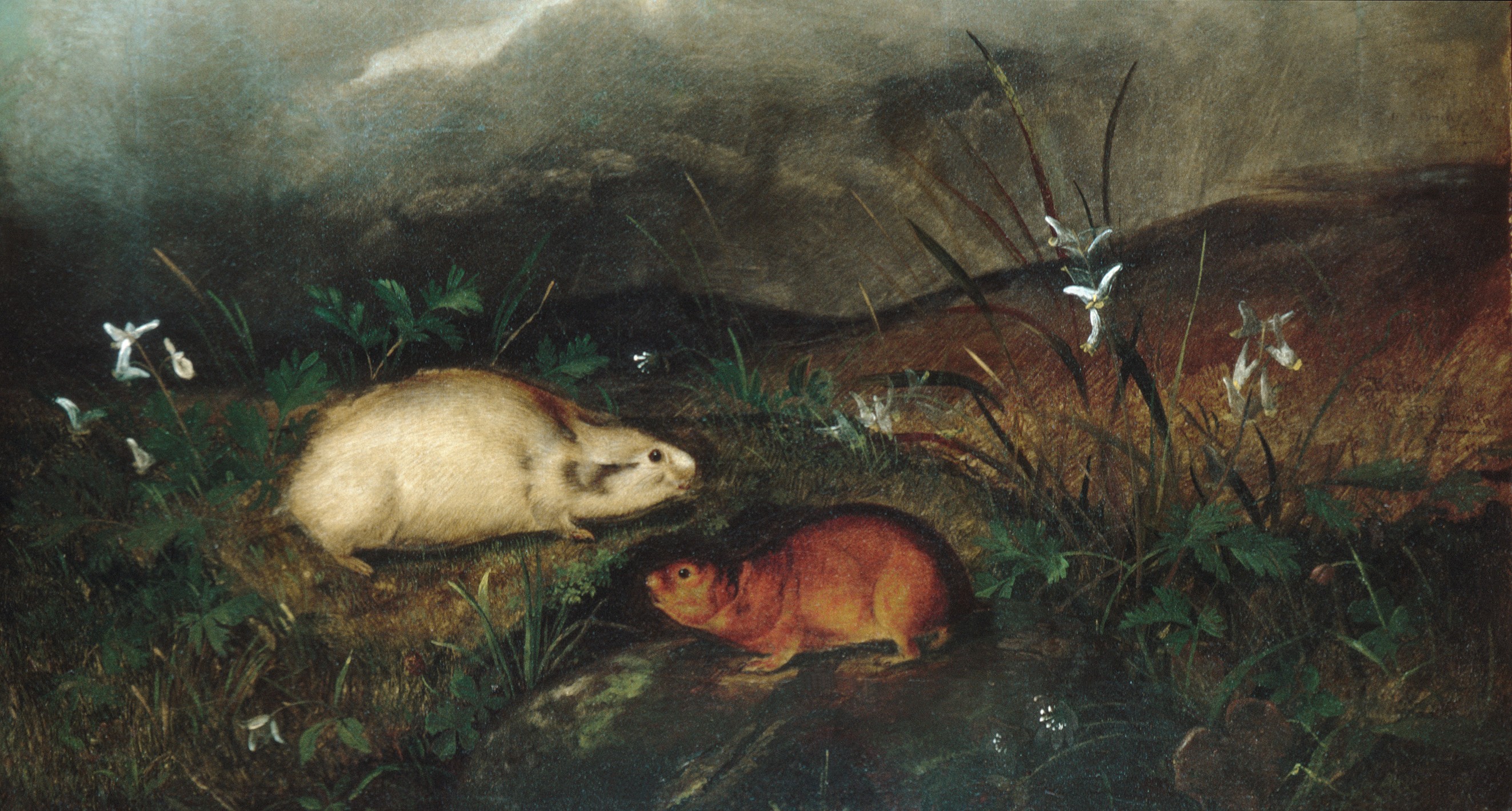
The myth of lemmings committing mass suicide by jumping off cliffs is one of the most dramatic and enduring animal myths. Popularized by documentaries and films, this myth paints a picture of these small rodents engaging in inexplicable self-destructive behavior. In reality, lemming populations fluctuate dramatically, leading to migrations in search of food. During these migrations, some lemmings may accidentally fall off cliffs or drown while crossing bodies of water, but this is not intentional mass suicide. The myth likely gained traction due to its dramatic visuals and the human fascination with self-sacrifice and collective behavior. Understanding the ecological dynamics of lemming populations offers a more accurate and less sensationalized view of their natural behaviors.
Myth 3 - The Ostrich's Head in the Sand
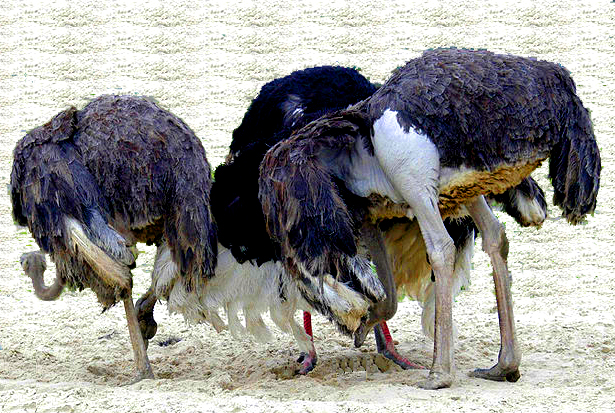
The idea that ostriches bury their heads in the sand to avoid danger is a pervasive myth that suggests a comically ineffective survival strategy. This myth likely arose from the bird's habit of lying low and pressing its head to the ground to avoid predator detection. Ostriches also dig holes in the sand to create nests for their eggs, and from a distance, this can appear as if they are burying their heads. In reality, ostriches are well-adapted to their environments, capable of running at high speeds to escape threats. The myth may persist because it serves as a convenient metaphor for avoidance and denial, concepts that resonate with human behavior.
Myth 4 - The Immortal Jellyfish
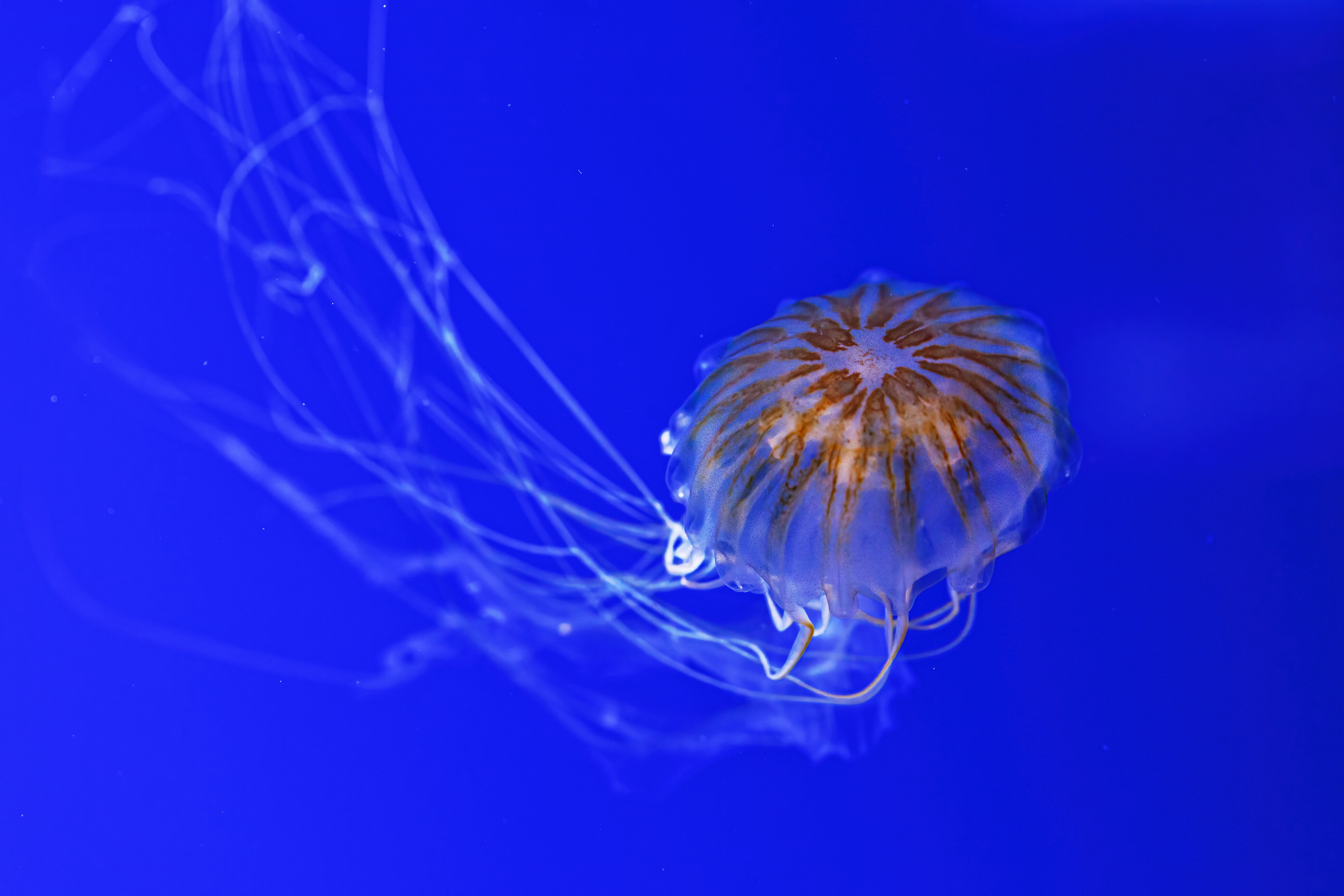
The belief in the immortal jellyfish stems from the fascinating life cycle of the Turritopsis dohrnii, a species capable of reverting its cells to an earlier stage of development, effectively starting its life cycle anew. This ability has been sensationalized as a form of biological immortality. While it is true that this jellyfish can theoretically avoid death from aging, it is still vulnerable to disease and predation. The myth of immortality captivates the human imagination, reflecting our own desires for eternal life and the mysteries of biological regeneration. Scientific exploration of this jellyfish's unique abilities continues to offer insights into cellular biology and aging.
Myth 5 - The Elephant's Unforgettable Memory
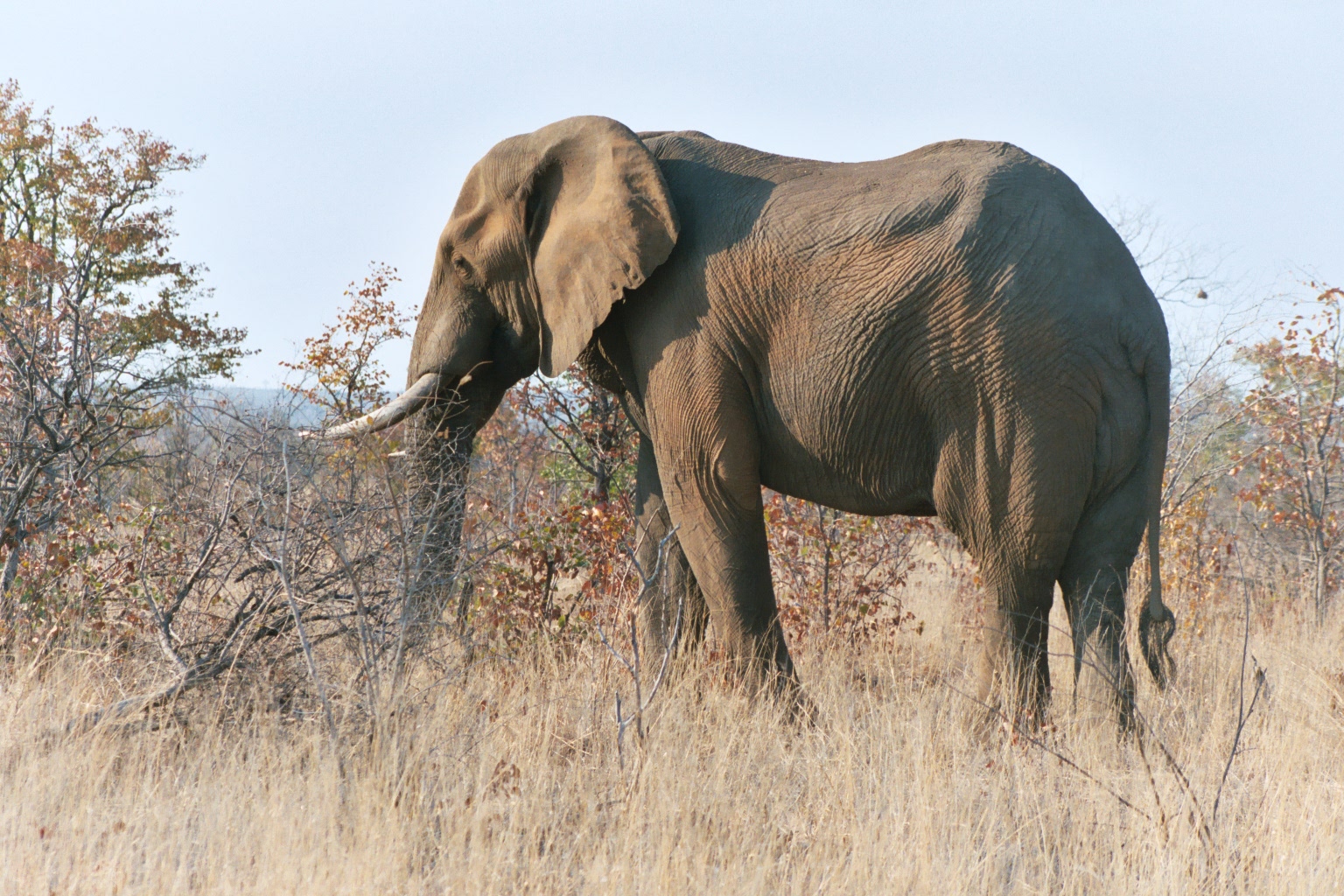
The phrase "an elephant never forgets" suggests these majestic creatures possess extraordinary memory capabilities. While elephants have excellent memories, crucial for survival in the wild, the myth exaggerates their cognitive abilities. Elephants can remember locations of water sources and recognize individuals, both human and elephant, over long periods. However, their memory is not infallible. This myth likely persists because it aligns with the elephant's symbolic association with wisdom and strength in many cultures. Understanding elephant cognition provides insights into these remarkable animals' social structures and survival strategies.
Myth 6 - The Chameleon’s Colorful Camouflage
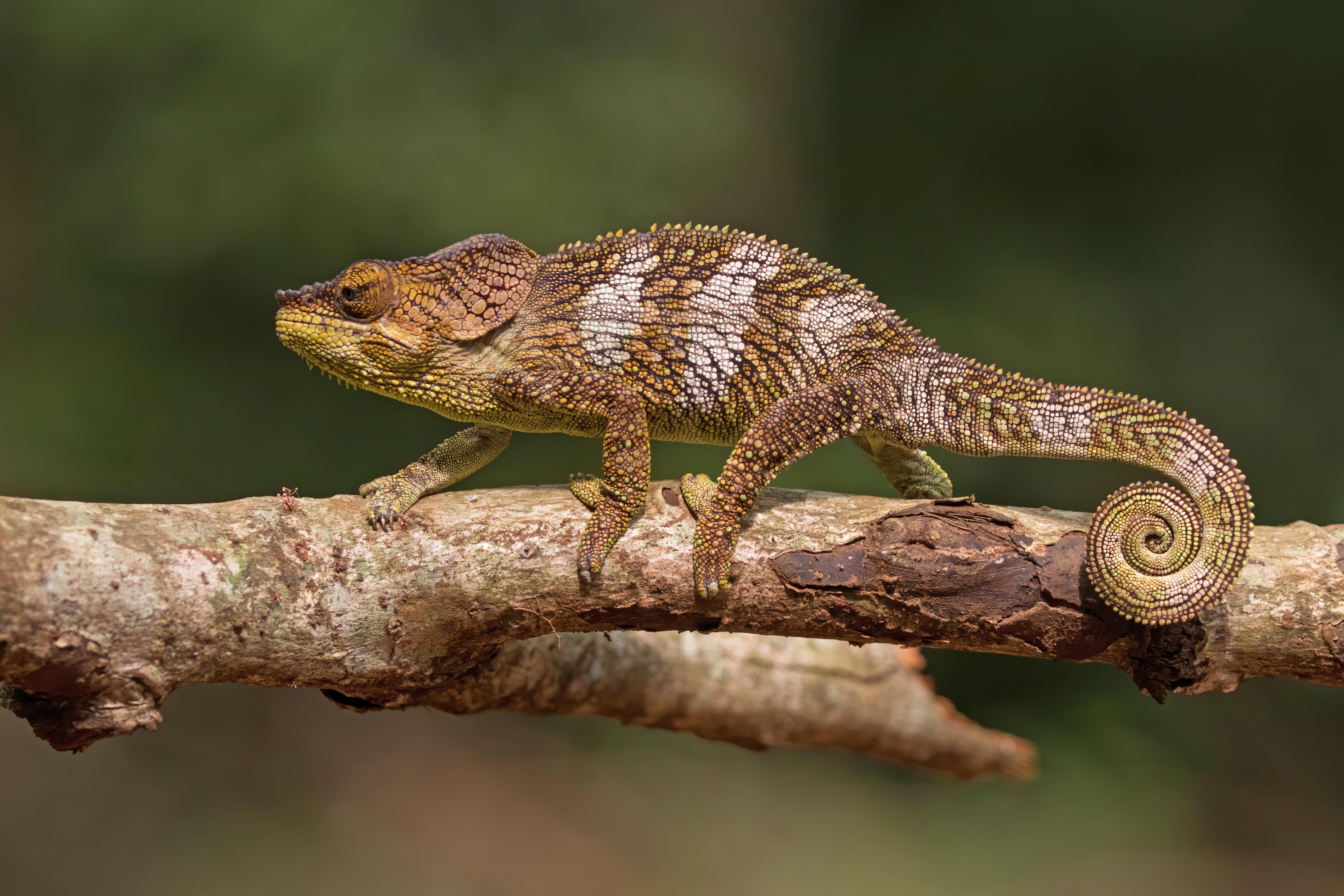
Chameleons are renowned for their ability to change color, a trait often attributed to camouflage. While chameleons do use color change for concealment, it is more commonly a form of communication and temperature regulation. The myth of camouflage dominates popular understanding, overshadowing the complex social signals conveyed through color changes. These changes can indicate mood, reproductive status, or territorial behavior. The persistence of this myth highlights the human fascination with transformation and disguise, themes prevalent in folklore and literature. By studying chameleons, scientists gain insights into the evolutionary advantages of color change and the ecological roles these reptiles play.
Myth 7 - The Lone Wolf
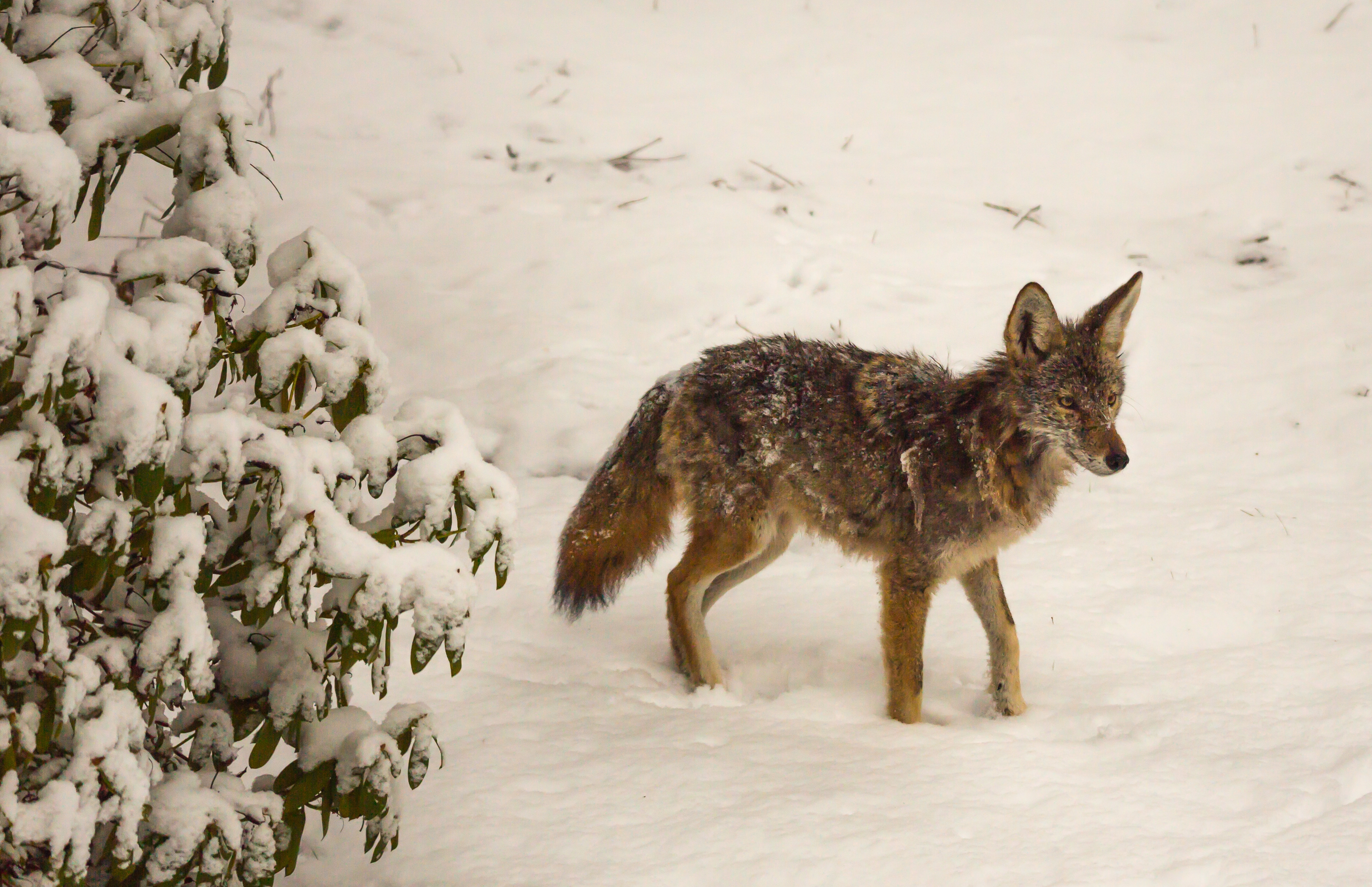
The image of the lone wolf, a solitary creature roaming the wilderness, is a powerful and romanticized myth. In reality, wolves are highly social animals, living in structured packs with complex social hierarchies. This myth likely arose from observations of dispersing wolves, which temporarily leave their packs to find new territories or mates. The idea of the lone wolf resonates with themes of independence and self-reliance, qualities often admired in human culture. However, understanding the cooperative nature of wolf packs provides a more accurate perspective on their behaviors and the importance of social bonds in survival.
Myth 8 - The Bloodthirsty Vampire Bat
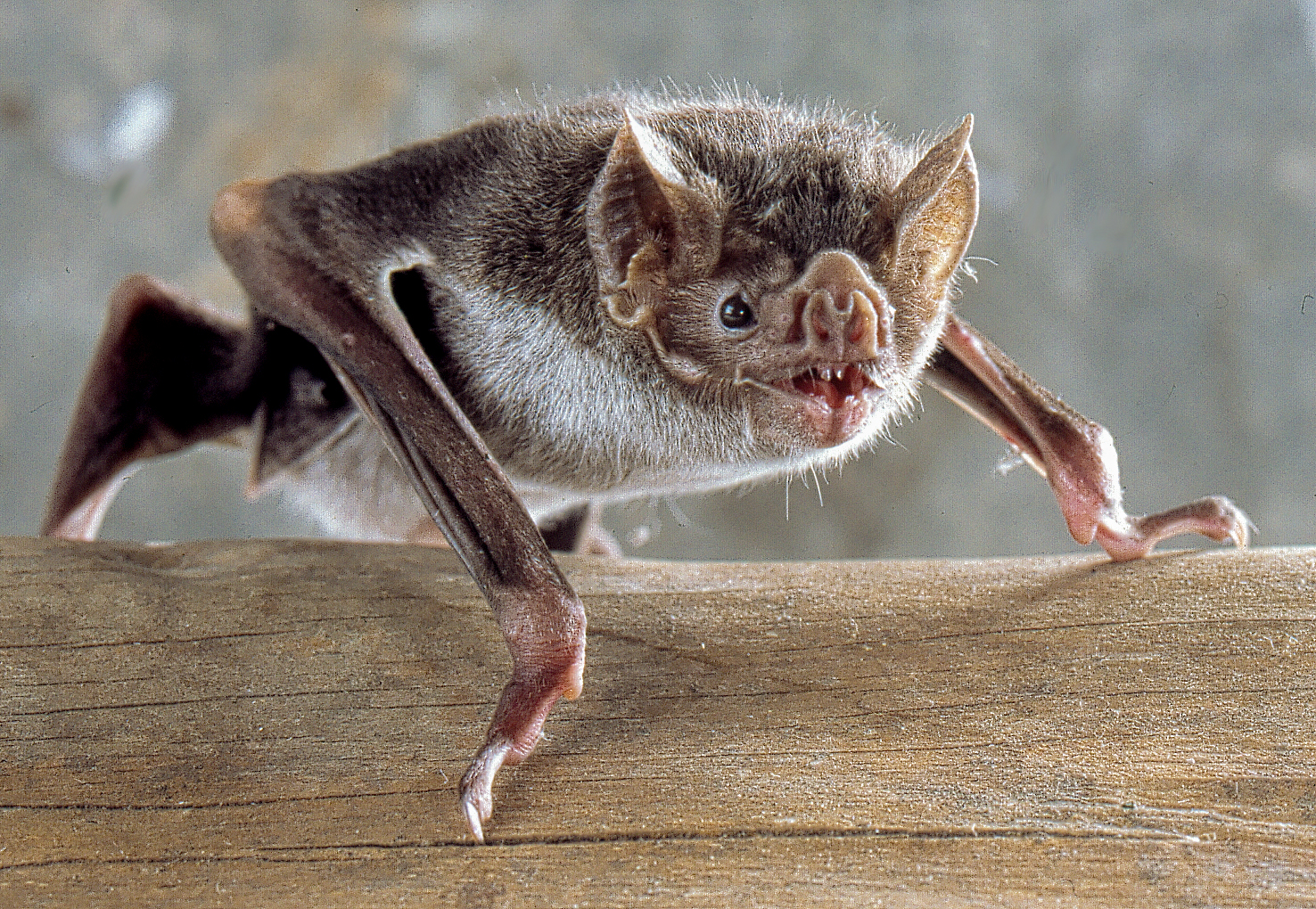
Vampire bats have long been associated with horror and the supernatural, thanks to their blood-feeding habits. This myth exaggerates their behavior, painting them as malevolent creatures. In reality, vampire bats are small, social mammals that feed on the blood of livestock without causing significant harm. They have evolved specialized adaptations for this diet, including anticoagulant saliva. The myth persists due to cultural associations with vampires and the fear of bloodsucking creatures. Understanding the ecological role of vampire bats highlights their importance in controlling insect populations and the complex relationships between predators and prey.
Myth 9 - The Vicious Piranha

Piranhas are often depicted as ferocious predators capable of stripping flesh from bones in seconds. This myth has been fueled by sensationalized media portrayals and misunderstandings of their behavior. Piranhas are opportunistic feeders, primarily consuming fish, insects, and plant material. While they can be aggressive when threatened or during feeding frenzies, they are not the indiscriminate killers often portrayed. The myth of the vicious piranha reflects human fears of the unknown and the power of nature. By studying piranhas, scientists gain insights into the dynamics of freshwater ecosystems and the balance of predator-prey relationships.
Myth 10 - The Cunning Fox
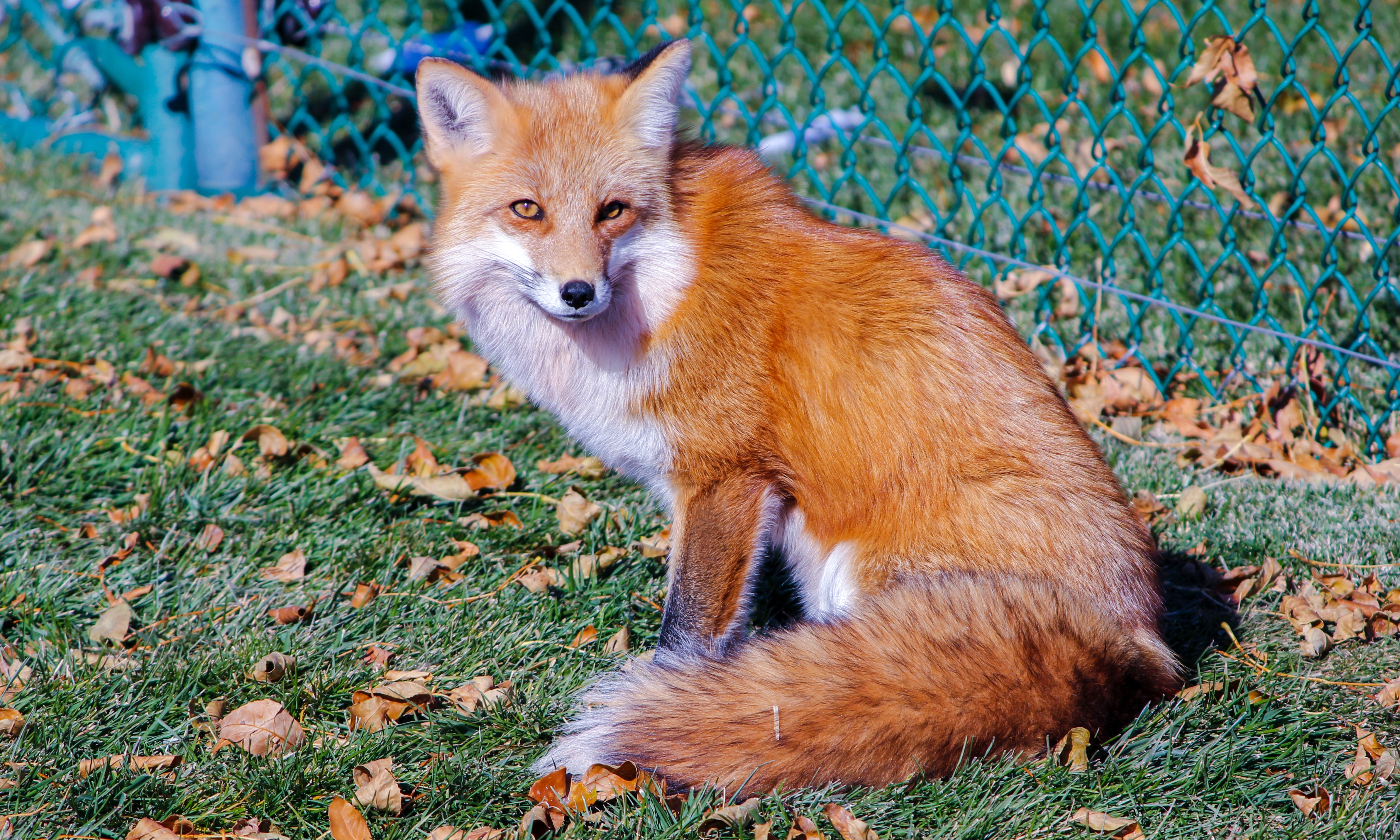
The fox is often depicted as a cunning and sly creature in folklore, embodying trickery and deceit. This myth likely arises from the fox's nocturnal habits and ability to adapt to various environments, often outsmarting humans. While foxes are intelligent and resourceful, their behavior is driven by survival instincts rather than malice. The myth persists because it aligns with human narratives of cleverness and the triumph of wit over strength. Understanding fox behavior provides insights into their adaptability and their ecological roles as predators and scavengers.
Animal myths captivate the human imagination, blending fact with fiction to reflect our cultural values and fears. These myths persist because they offer simple explanations for complex behaviors and resonate with universal themes of transformation, survival, and identity. By unearthing the truths behind these myths, we gain a deeper appreciation for the natural world and the intricate relationships between species. This exploration challenges our perceptions and enriches our understanding of the diverse and dynamic ecosystems that animals inhabit. As we continue to study and learn from these myths, we are reminded of the enduring power of storytelling and the endless mysteries of the animal kingdom.







